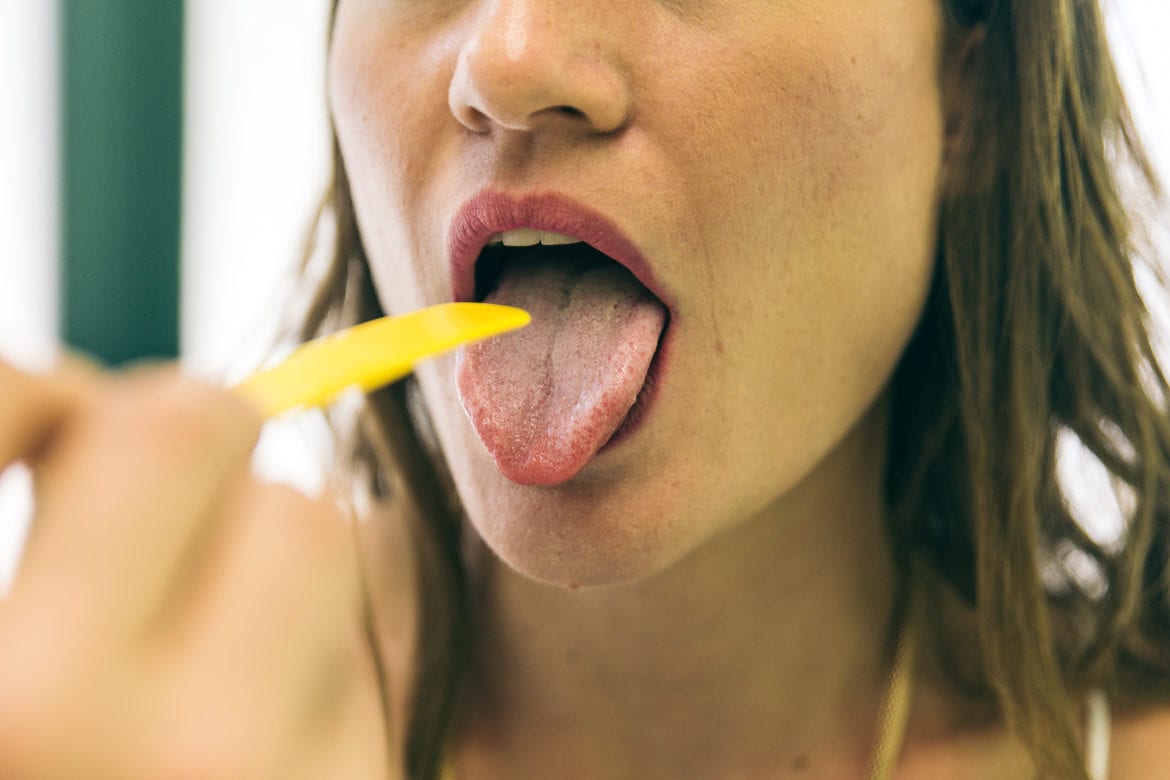All of us have tiny hair-like structures on our tongues. These are not the same as hairs on your head—even though they share similar properties.
The cone-like hairs on your tongue are called filiform papillae, and they are usually only about 1 millimeter long. In about 13% of the population, though, these “hairs” grow longer and darker.
This article will explain why these hair-like structures grow on our tongues, what they do, and what can make them become more noticeable.
Symptoms
The hair-like structures on your tongue, called filiform papillae, are tiny conical projections with brush-like pieces on the ends that usually only grow to about 1 millimeter in length. Your tongue has lots of these, and they help your tongue stay clean and grip food.
In some people, keratin—the same substance the hair on your head is made of—builds up on the surface of these tongue hairs, giving them a longer appearance. In some cases, the “hairs” on your tongue can grow up to 18 millimeters long and 2 millimeters wide.
When these filiform papillae become long, they often take on a black or dark appearance. They can also appear brown, white, green, blue, or pink depending on what you have been drinking or eating.
A hairy tongue can be somewhat painful, with a stinging or burning sensation on the surface of your tongue. Hairy tongue can also cause bad breath, or halitosis.
Causes of a Hairy Tongue
Your tongue can take on a hairy appearance for a number of reasons, including:
- Poor oral hygiene
- Radiation treatments
- Dehydration or a dry mouth
- Excessive coffee or tea consumption
- Tobacco use
- Lack of stimulation or abrasion on the tongue, usually from soft food diets
- Certain medications
What Medications Can Cause a Hairy Tongue?
Several types of medication can cause a hairy tongue, primarily because of the way these medications affect the natural balance of bacteria and other substances in your mouth.
Antibiotics are one of the main types of medication that can increase the appearance of these hair-like structures. This can be for several reasons, including a change in the biome of your mouth, as well as dry mouth.
Medications that are known to cause hairy tongue in some people include:
- Antibiotics
- Chemotherapy
- Antipsychotics
- Antidepressants
- Radiation therapy
- Aldomet (methyldopa)
- Prevacid (lansoprazole)
- Interferon
Not everyone who takes these medications will develop a hairy tongue.
Are There Tests to Diagnose the Cause of a Hairy Tongue?
In most cases, your doctor or dentist will be able to diagnose this condition simply by looking at your tongue. If bacteria or yeasts are believed to be making the problem worse, your doctor may take a scraping of the buildup on your tongue for testing. This can help identify which bacteria and/or yeasts are colonized on your tongue, and treatments can be tailored to these specific organisms.
How to Treat a Hairy Tongue
In most cases, a thorough cleaning of your mouth and tongue, followed by good, regular oral hygiene, can resolve a hairy tongue. For cases in which medications played a role in the appearance of these hair-like structures, they might not go away until you have stopped using that particular medication.

